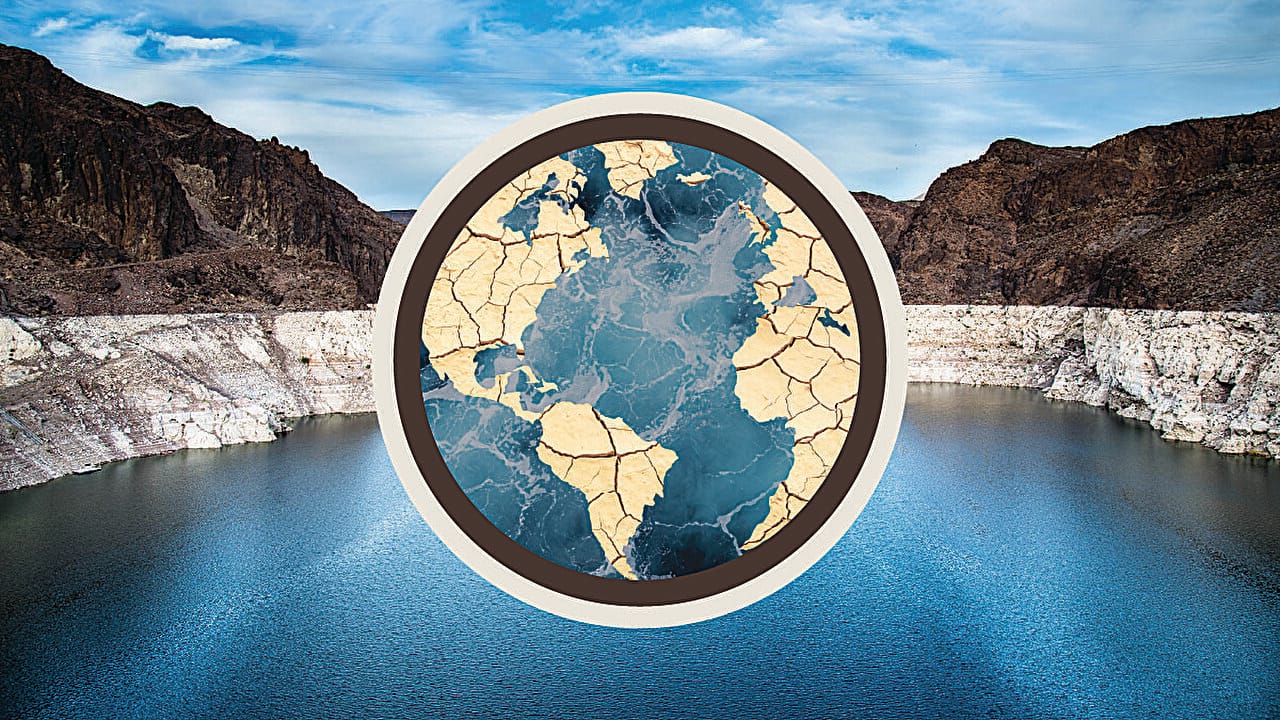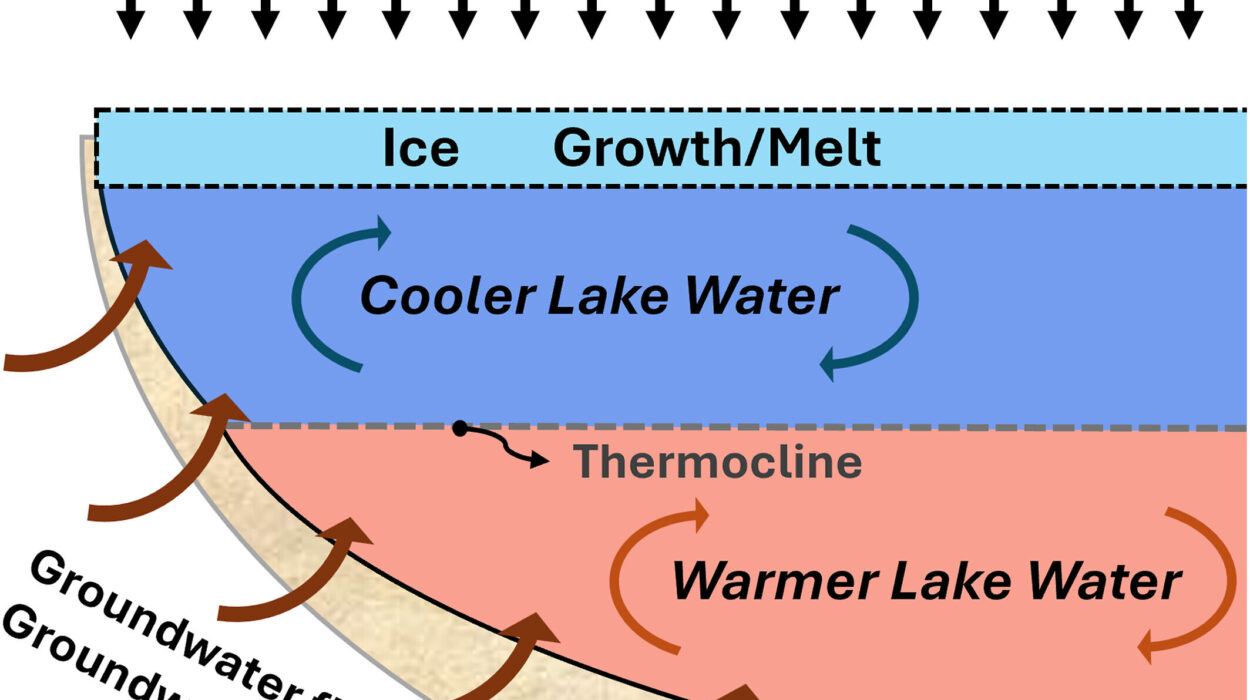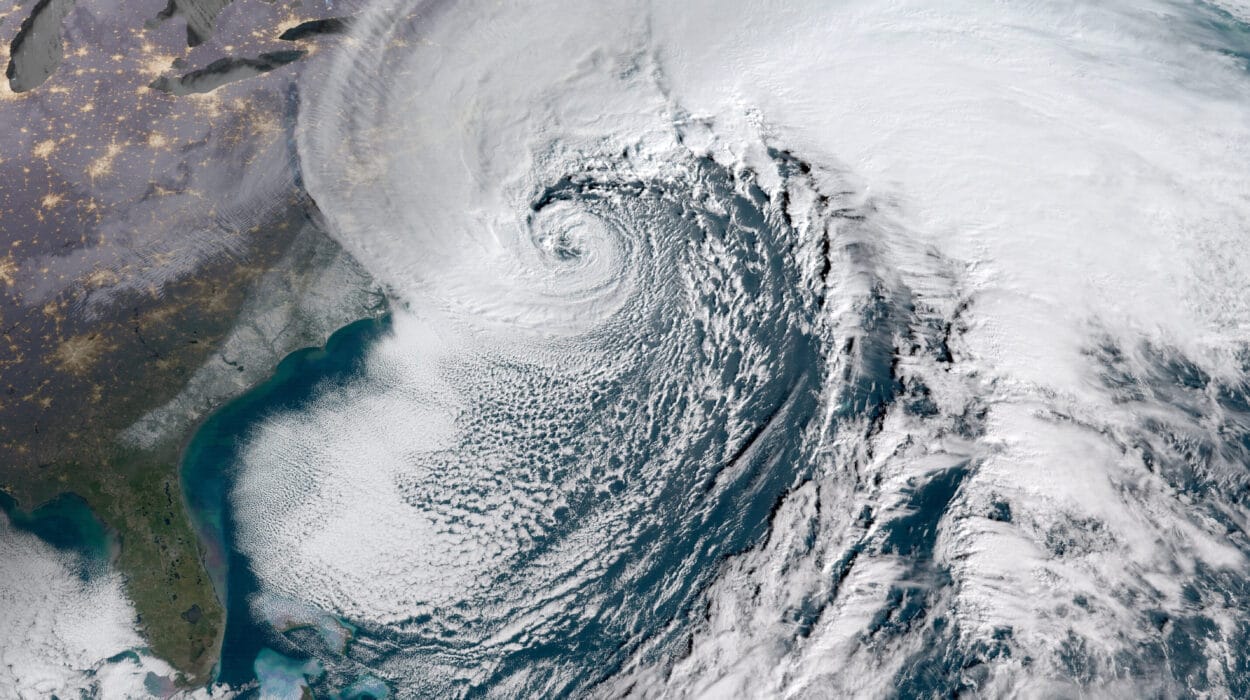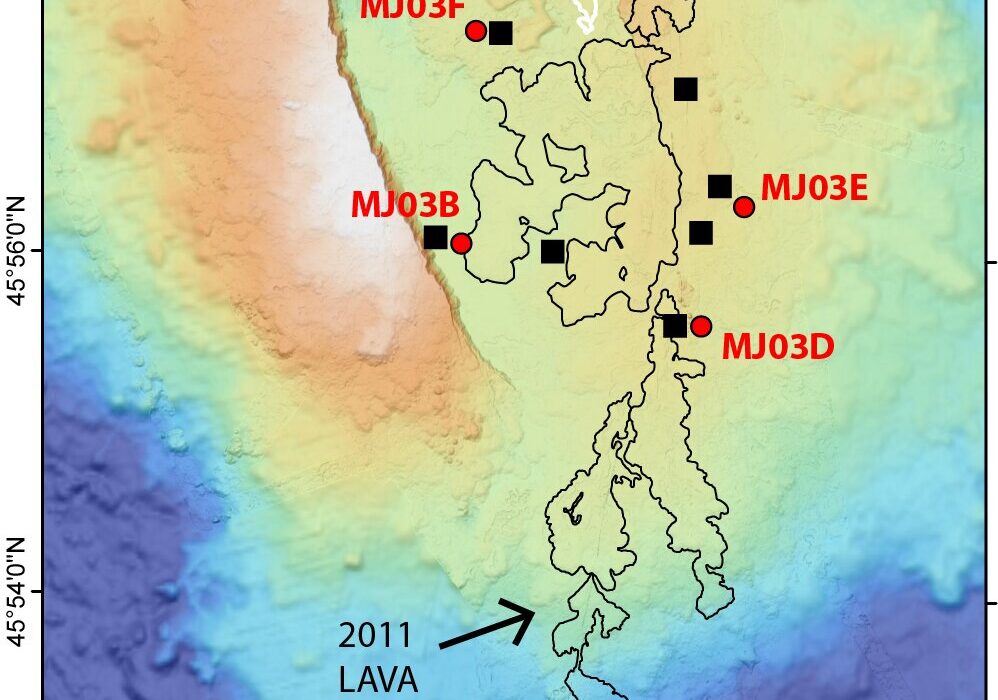It doesn’t make headlines like hurricanes. It doesn’t carry the cinematic drama of floods or wildfires. But something profound is happening to our planet—a slow, relentless unraveling of one of Earth’s most vital lifelines: its freshwater reserves.
From space, satellites have been watching. For more than two decades, the GRACE and GRACE-FO missions—joint efforts between the United States and Germany—have been quietly tracking Earth’s shifting water balance. What they’ve seen unfold is nothing short of a planetary wake-up call: the continents are drying, and they’re doing so faster, deeper, and more pervasively than at any time in recorded history.
A new study, led by researchers at Arizona State University and published in Science Advances, paints a stark picture of this unfolding crisis. Through careful analysis of over 22 years of satellite data, scientists have revealed that vast regions across the northern hemisphere are undergoing continental-scale “mega-drying,” driven by climate change, unsustainable groundwater use, and intensifying droughts.
The scale is almost incomprehensible. Drying areas on land are expanding at a rate equivalent to roughly twice the size of California every single year. And while dry areas get drier, wet areas are no longer keeping up—a dangerous reversal of hydrological patterns that has long helped balance our planet’s water cycle.
The Earth’s Trust Fund is Drying Up
Water, in its many forms, is stored across Earth’s surface and underground—in glaciers and ice caps, in lakes and rivers, in soil and snowpack, and most critically, in deep underground aquifers. This complex system is known as terrestrial water storage, and it’s what the GRACE satellites have been measuring since 2002. What they’ve detected is both scientifically groundbreaking and deeply troubling.
The study found that an overwhelming 68% of the freshwater loss over the past two decades came from groundwater—the ancient water stored below the surface, accumulated over millennia. Unlike surface water, groundwater cannot be easily replenished within human timescales. Once gone, it may be gone for generations.
“It is striking how much non-renewable water we are losing,” said Hrishikesh Chandanpurkar, lead author of the study and a research scientist at ASU. “Glaciers and deep groundwater are sort of ancient trust funds. Instead of using them only in times of need, we are taking them for granted.”
It’s a poignant analogy. Humanity, it seems, has been drawing from a savings account that cannot be replenished, spending not just on drought emergencies but for daily convenience. Irrigation, industry, and expanding cities are all complicit. And as groundwater depletes, the consequences ripple far beyond just parched fields or dry wells.
Alarmingly, the study found that this groundwater depletion now contributes more to sea level rise than the melting of Greenland and Antarctica combined—a counterintuitive reality that adds a cruel twist to the climate crisis. When water is removed from land and eventually flushed into the oceans, coastlines suffer, threatening millions with rising seas.
A Tipping Point in Time
The data tell a story not just of gradual change, but of a decisive tipping point. Around 2014–2015, the Earth’s hydrological rhythm shifted. These years were marked by an unusually strong El Niño event, intensifying heat and drought across large swaths of the planet. Groundwater pumping spiked in response, and the delicate balance between wet and dry lands snapped.
Before this period, the Southern Hemisphere was drying more rapidly. But after 2015, the pattern flipped, with the Northern Hemisphere now bearing the brunt. This oscillation was not predicted by the world’s most sophisticated climate models, including those from the IPCC. Yet, it has emerged clearly in the satellite record—powerful evidence that Earth’s climate system is more dynamic, and perhaps more fragile, than previously understood.
This geographic shift in drying patterns corresponds with the rise of new “mega-drying” zones. Unlike isolated hotspots previously identified, these regions now span entire continents, forming interconnected belts of freshwater loss. And these are not remote deserts or uninhabited wilderness. They include some of the world’s most vital food-producing regions and densely populated urban centers.
Jay Famiglietti, the study’s principal investigator and Global Futures Professor at ASU, called the results “perhaps the most alarming message yet about the impact of climate change on our water resources.” The implications are global: from agriculture to urban infrastructure, from biodiversity to national security.
The Anatomy of a Drying Planet
The new mega-drying regions stretch like scars across the Earth’s northern half. One runs through the American Southwest and Central America, crossing fertile valleys, bustling cities, and arid basins. Another spans Alaska and Northern Canada, where glaciers and permafrost are melting, unleashing ancient water that, once lost, may not return.
Further east, Northern Russia is shedding its icy armor, as warming temperatures eat away at snowpack and tundra. Perhaps most critically, a mega-region encompassing the Middle East, North Africa, and parts of Europe and Asia—home to hundreds of millions—faces a dangerous convergence of groundwater depletion, climate extremes, and shrinking inland seas.
These zones are not just drying; they are destabilizing. In agriculture-dependent regions, crop failures are becoming more common. In cities, groundwater depletion is causing land subsidence and infrastructure collapse. Across borders, disputes over water rights are turning into geopolitical flashpoints.
Famiglietti warns that continued overuse of groundwater could “undermine food and water security for billions of people around the world.” The stakes are nothing short of existential.
Why This Matters Now
At first glance, 22 years of satellite data may seem like a narrow window. But in climate science, where trends often unfold over centuries, this span is unusually powerful. It’s long enough to distinguish true systemic change from short-term variability.
“We’re getting to the length where we can robustly see long-term trends,” said Chandanpurkar. “These aren’t just seasonal blips. This is a planetary transformation.”
In the data, scientists can now detect a disquieting truth: that much of Earth’s freshwater system—once resilient, regenerative, and largely taken for granted—is now brittle. It no longer absorbs our mistakes with quiet indifference. Instead, it responds with drought, depletion, and displacement.
The UN projects that global population will continue to grow for another 50 to 60 years. At the same time, three-quarters of humanity already live in countries losing freshwater. This is not a crisis of tomorrow. It is unfolding now, in real time.
Can We Change Course?
The good news is that many of the drivers behind this crisis are, in theory, within our control. While melting ice sheets may be difficult to stop, groundwater depletion is largely the result of human choices—what we grow, how we irrigate, where we build, and how we manage our shared resources.
The researchers stress the need for urgent, coordinated global action. Groundwater governance must move beyond local management to embrace regional and international frameworks. Investments in recharge infrastructure, data transparency, and sustainable agriculture are not optional—they are lifelines.
Famiglietti, a former Senior Water Scientist at NASA’s Jet Propulsion Laboratory, says: “While efforts to mitigate climate change are facing challenges, we can address continental drying by implementing new policies around groundwater sustainability. This will slow the rate of sea level rise and help preserve water for future generations.”
These findings will inform an upcoming World Bank report that will explore the human and economic implications of continental drying. The goal is not just to sound the alarm, but to provide a roadmap for resilience—actionable strategies that nations can adopt now to safeguard their water futures.
A Call from the Sky
From hundreds of miles above the Earth, satellites have been chronicling the slow, quiet loss of freshwater. Their message is unmistakable: our water safety net is fraying. It is not enough to wait for crisis to become catastrophe. The data is in. The science is clear. The moment for change is now.
We must see water not as an infinite gift, but as a finite trust—one that we’ve been drawing down without replenishment. Every dry riverbed, every collapsing well, every failing crop is a testament to years of neglect.
And yet, there is hope in knowing. In understanding. In witnessing the truth with such clarity that denial becomes impossible.
Water has always shaped the destiny of civilizations. Today, it is calling on us again—not with thunder or fury, but with a slow, measured disappearance. The question is: will we answer in time?
Reference: Hrishikesh A. Chandanpurkar et al, Unprecedented continental drying, shrinking freshwater availability, and increasing land contributions to sea level rise, Science Advances (2025). DOI: 10.1126/sciadv.adx0298






